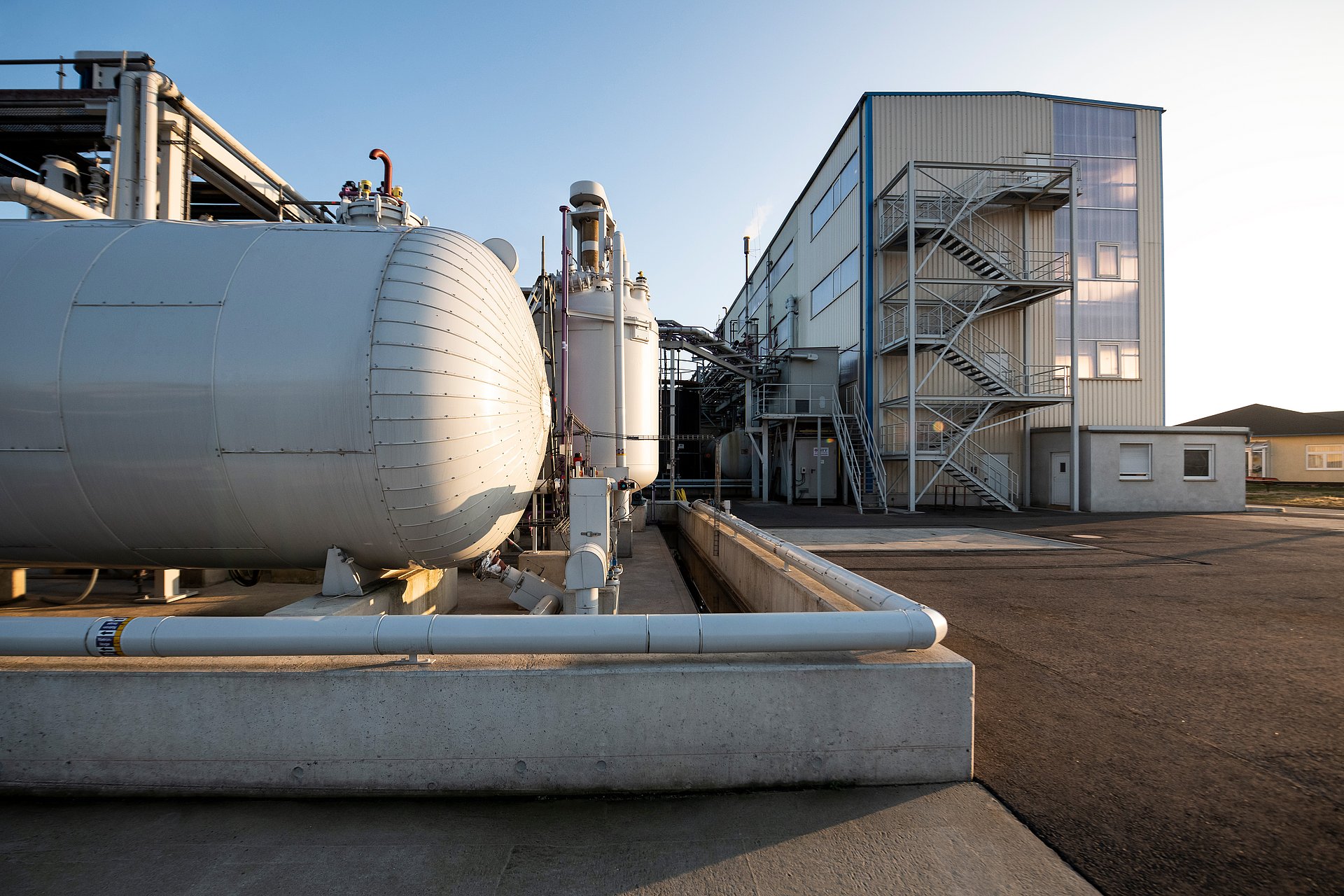Drying Technology and Processes
At BNT you will find technology for the various drying processes required to work with wet chemical syntheses and (wet) powders. With IBU-tec, however, our company group still offers extensive capacities in the drying and thermal treatment of bulk materials: At the sites in Weimar and Bitterfeld, you will find an extensive plant park of rotary kilns and pulsation reactors for development projects and production.
Contact Dryer
The product is dried by contact with a heated surface: The liquid portion evaporates, leaving behind a powder.
- Paddle dryer
- Screw dryer
- Drum dryer
- Roller dryer
Vacuum Dryer
- Efficient drying times at low temperatures
- Pressure is reduced so that liquid evaporates, the resulting vapor is sucked off and the material is dried homogeneously
- Vacuum reduces the required temperature

